Have you ever dreamed of immersing yourself in the wild, where birds soar freely in the vast sky? Join “Du lịch khắp thế gian” (Travel Around the World) on a unique journey, where you’ll not only witness the majestic beauty of the American West but also have the chance to experience white hawk photography in the Idaho grasslands – a thrilling and rewarding activity for nature and photography enthusiasts.
Idaho: A Hidden Paradise for White Hawk Photography
Idaho, a mountainous state in the Northwestern United States, is renowned for its diverse and breathtaking natural landscapes. From towering rocky mountains and vast pine forests to crystal-clear glacial rivers and, most notably, the endless Idaho grasslands, this region harbors a rich ecosystem of flora and fauna, including the rare white hawk.
The white hawk, with its pristine white plumage contrasting against the blue sky, is one of North America’s most beautiful birds of prey. The Idaho grasslands provide an ideal habitat for them, where they can freely fly, hunt, and breed. For avid bird photographers, white hawk photography in the Idaho grasslands is not just a unique experience but also an opportunity to capture stunning and memorable moments of this precious bird in its natural wilderness.
To begin our white hawk photography adventure, we’ll arrive in Idaho Falls, a charming city nestled along the gentle Snake River. From here, we’ll explore the Snake River Canyon and Twin Falls, must-see destinations in Idaho.

The Snake River Canyon unfolds before us in all its magnificent and untouched beauty, carved by the winding Snake River over millions of years. Towering cliffs, jagged rock formations, and the emerald river create a breathtaking natural masterpiece. This is also home to various wild birds, including hawks. Get your cameras and telephoto lenses ready to capture the moments of hawks soaring across the canyon.
Not far away, Twin Falls appears like a cascade of white silk pouring down from high cliffs, creating a poetic and majestic scene. The sound of the waterfall echoes through the tranquil mountain air, bringing a sense of peace and exhilaration. Here, you can not only admire the beauty of the waterfalls but also find unique angles to photograph white hawks flying in the sky.
Discovering Wildlife at Yellowstone Bear World
Leaving Idaho Falls, our journey continues to Yellowstone Bear World, a unique wildlife park where you can get closer to North America’s natural world. Here, you’ll encounter magnificent wildlife such as Rocky Mountain elk, bison, white-tailed deer, mule deer, Rocky Mountain goats, moose, and especially American black bears and grizzly bears.
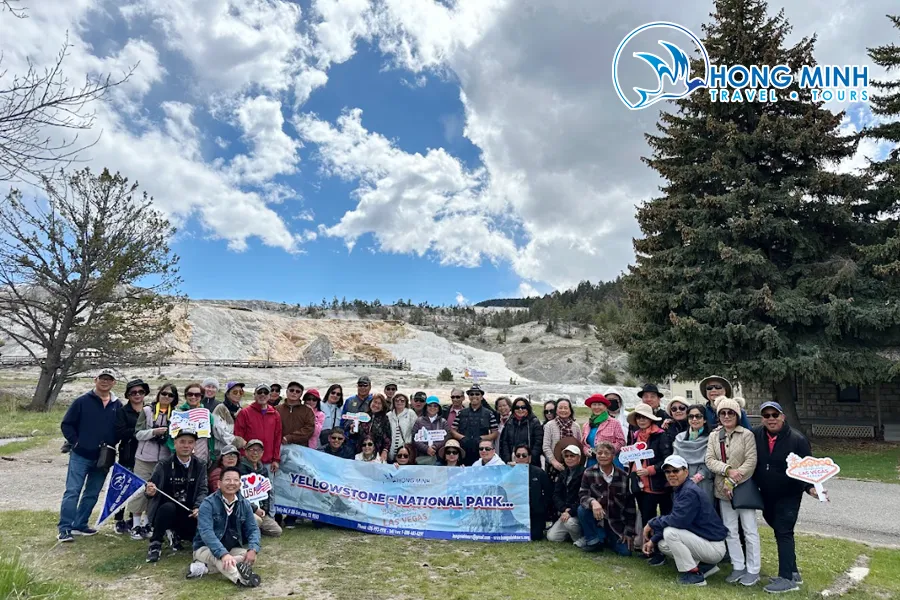
While not the natural habitat of white hawks, Yellowstone Bear World is still an exciting stop to familiarize yourself with wildlife before embarking on your hawk photography quest. You can practice your wildlife photography skills, get used to using telephoto lenses, and develop patience while waiting for beautiful moments.
Yellowstone National Park: Geothermal Wonders and Untamed Beauty
Our next destination is Yellowstone National Park, the world’s first national park and one of America’s greatest natural wonders. Yellowstone is famous for its unique geothermal features like geysers, hot springs, mud pots, and volcanic vents, along with its pristine and diverse landscapes.
In Yellowstone, you’ll witness the Grand Prismatic Spring, the largest hot spring in the United States with rainbow-like colors; Fountain Paint Pot, a geothermal area with bubbling and steaming mud pots; Old Faithful Geyser, the world’s most famous geyser erupting regularly; Yellowstone Grand Canyon, a majestic canyon with waterfalls cascading hundreds of feet down; Yellowstone River, winding through lush meadows; and Norris Geyser Basin, the oldest and hottest geothermal area in Yellowstone.
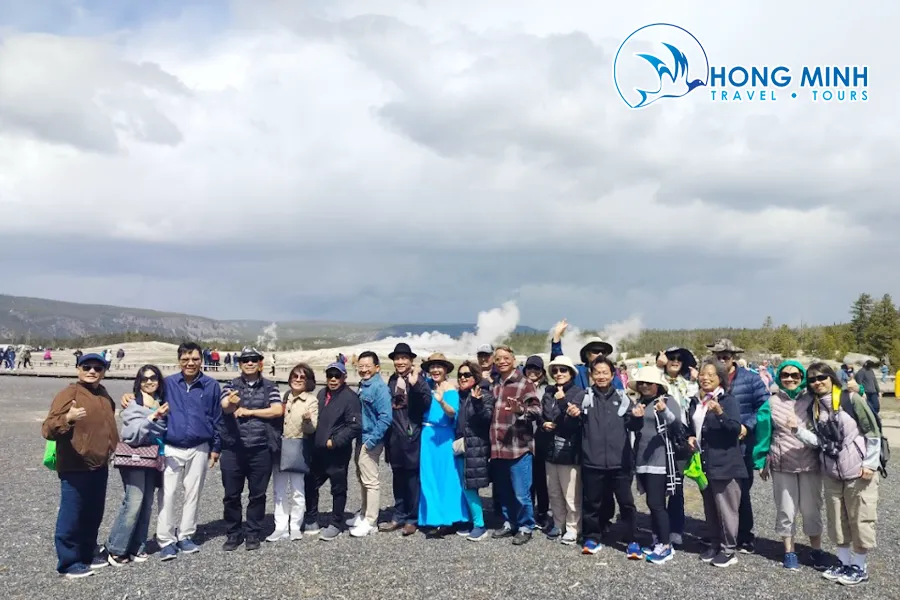
Although Yellowstone is renowned for its geothermal features and large mammals, it is also an ideal habitat for many bird species, including hawks. While exploring Yellowstone, keep an eye on the sky and grasslands; you might be lucky enough to spot a white hawk soaring or hunting.
Mount Rushmore and Devil’s Tower National Monument
Our journey continues to cultural and historical icons of the United States. Mount Rushmore National Memorial is a colossal sculpture carved into a mountainside, depicting the faces of four of America’s greatest presidents: George Washington, Thomas Jefferson, Theodore Roosevelt, and Abraham Lincoln.
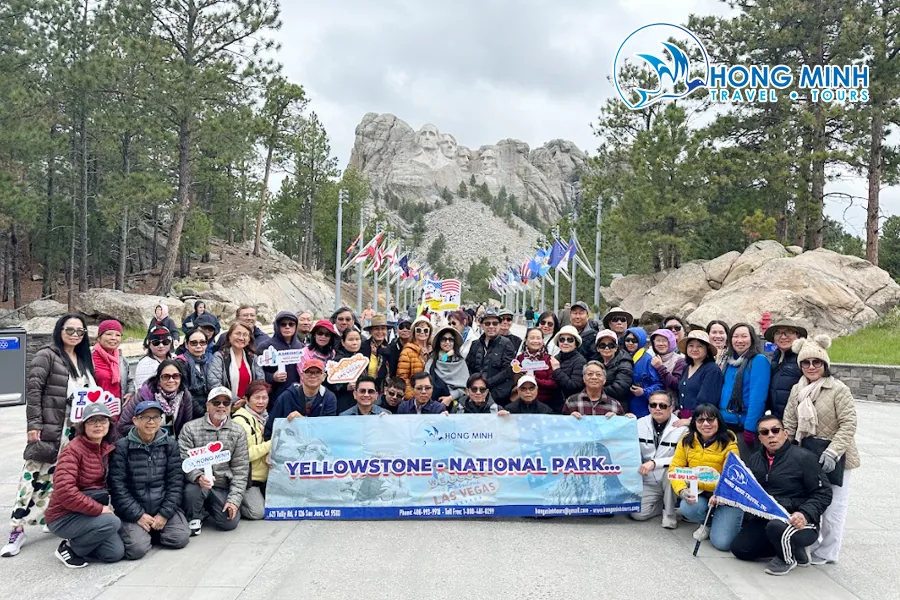
Crazy Horse Memorial is another grand, unfinished memorial carved into a mountain, honoring the Native American leader Crazy Horse, a symbol of courage and freedom.

Devil’s Tower National Monument is a towering natural rock formation rising from the Wyoming plains, formed by volcanic activity millions of years ago. Devil’s Tower is not only a geological wonder but also a sacred site for Native Americans and a popular destination for rock climbers and explorers.
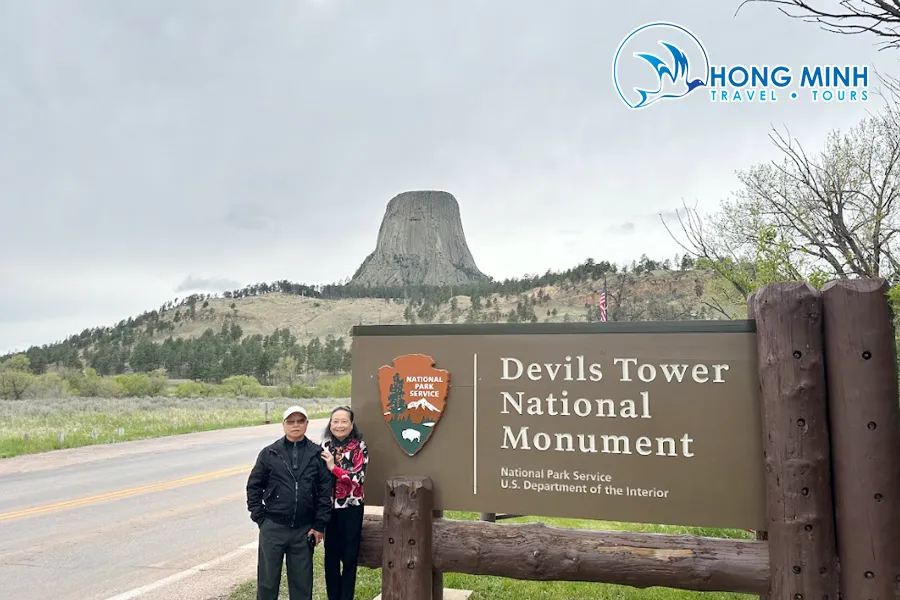
While these destinations are not directly related to white hawk photography, they offer rich cultural and historical experiences, adding depth and diversity to your journey.
Salt Lake City and the Beauty of Bryce Canyon, Zion
Next, we’ll visit Salt Lake City, the capital of Utah and the religious center of The Church of Jesus Christ of Latter-day Saints (Mormons). Here, you’ll explore the Great Salt Lake, the largest saltwater lake in the Western Hemisphere, and Capitol Hill, home to the magnificent Utah State Capitol Building.

Leaving Salt Lake City, we’ll explore Bryce Canyon National Park, a magical “forest of rock” created by millions of years of wind and water erosion. Bryce Canyon is famous for its Hoodoo rock formations in various shapes and colors, creating a unique and stunning landscape.
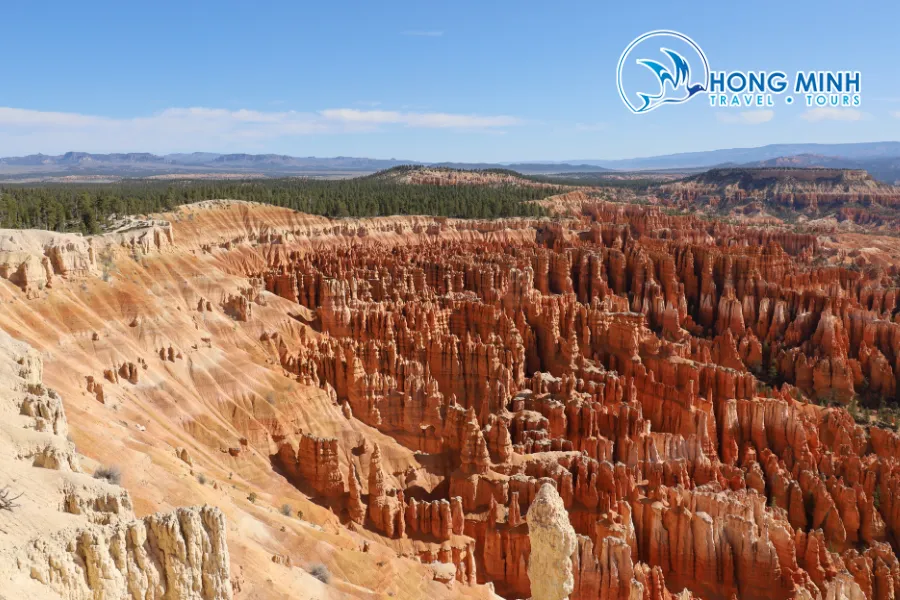
Zion National Park is the final destination in our Utah nature exploration. Zion impresses with its massive sandstone canyons, towering cliffs, and the winding Virgin River. Here, you can hike the Checkerboard Mesa Canyon Trail to discover Zion’s pristine and majestic beauty.
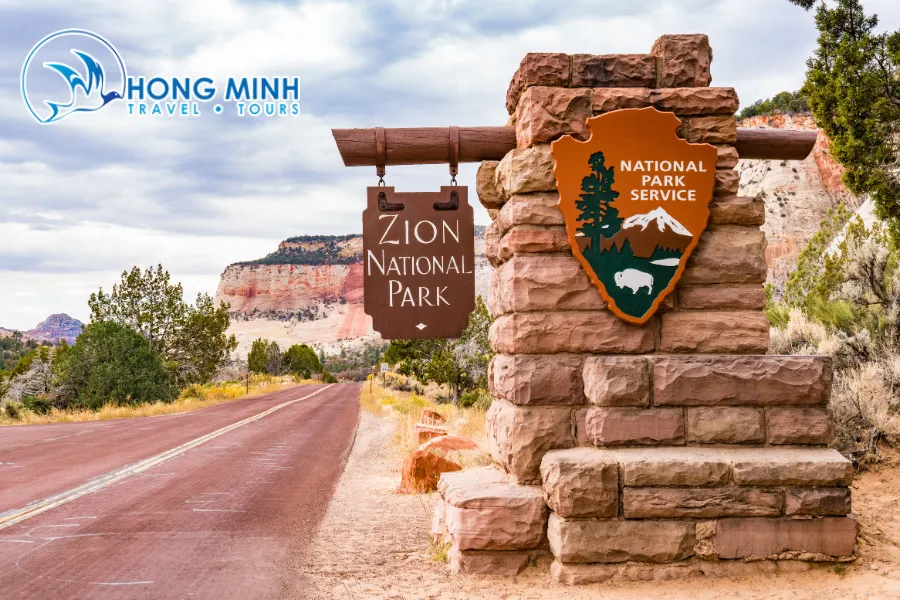
While not prime white hawk habitat, Bryce Canyon and Zion are still fantastic destinations to admire the beauty of the American West and hone your landscape photography skills.
Las Vegas and Antelope Canyon: Journey’s Final Highlights
Our journey concludes in Las Vegas, the vibrant and bustling entertainment capital of the world. In Las Vegas, you can freely explore luxurious hotels, attend spectacular shows, and try your luck at famous casinos.

Before leaving Las Vegas, we’ll take a day trip to Antelope Canyon, a unique natural wonder formed by water and wind erosion in sandstone. Antelope Canyon is renowned for its wavy rock walls, soft rock textures, and sunlight creating magical color effects.
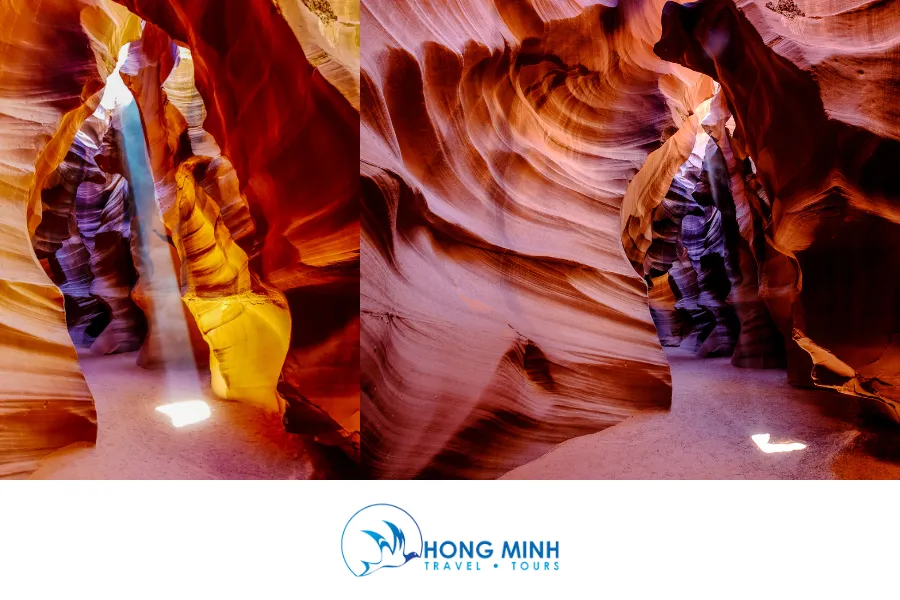
Although not a place for white hawk photography, Antelope Canyon is a must-visit for any photographer. Take this opportunity to explore the canyon’s unique beauty and capture impressive photos.
Conclusion
The journey to explore the American West and photograph white hawks in the Idaho grasslands is a unique and memorable travel experience. You’ll not only witness magnificent natural beauty, explore geological wonders, and learn about American culture and history but also have the chance to challenge your photography skills and capture stunning moments of the rare white hawk. Prepare your cameras, telephoto lenses, and adventurous spirit to begin this exciting exploration of the American West!